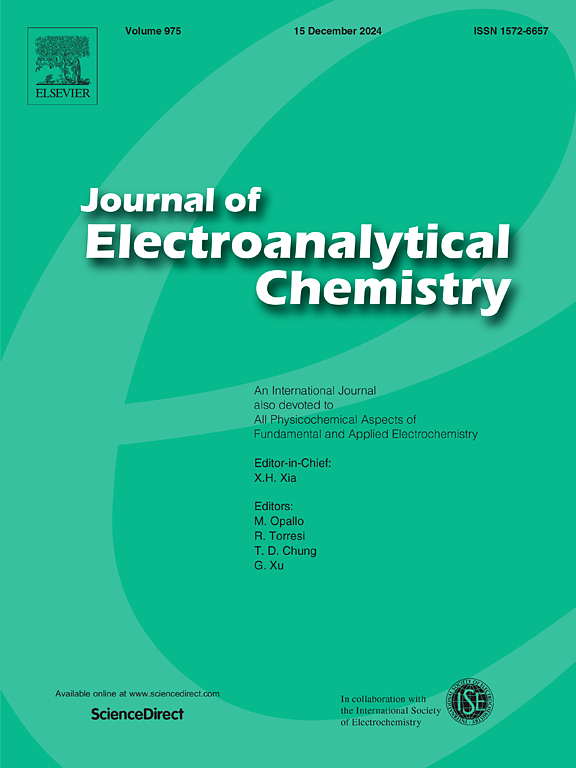From acorn to microporous carbon for sustainable sodium-ion battery
IF 4.1
3区 化学
Q1 CHEMISTRY, ANALYTICAL
引用次数: 0
Abstract
To promote a sustainable economy, developing sodium-ion batteries with carbon electrodes derived from biomass can be advantageous. This study focuses on carbon prepared from acorn nuts through carbonization at temperatures ranging from 700 to 1000 °C. The method also involves treatment with sulfuric acid. The porosity of the carbon can be adjusted to optimize its electrochemical performance. To characterize the surface properties, both nitrogen adsorption and carbon dioxide adsorption methods are employed. The impact of latent (closed) pores and external (open) porosity on electrochemistry is also discussed, along with the use of various electrolyte solutions. The article emphasizes the tailoring of biomass-derived carbon for the development of sustainable batteries, particularly the porosity.

求助全文
约1分钟内获得全文
求助全文
来源期刊
CiteScore
7.80
自引率
6.70%
发文量
912
审稿时长
2.4 months
期刊介绍:
The Journal of Electroanalytical Chemistry is the foremost international journal devoted to the interdisciplinary subject of electrochemistry in all its aspects, theoretical as well as applied.
Electrochemistry is a wide ranging area that is in a state of continuous evolution. Rather than compiling a long list of topics covered by the Journal, the editors would like to draw particular attention to the key issues of novelty, topicality and quality. Papers should present new and interesting electrochemical science in a way that is accessible to the reader. The presentation and discussion should be at a level that is consistent with the international status of the Journal. Reports describing the application of well-established techniques to problems that are essentially technical will not be accepted. Similarly, papers that report observations but fail to provide adequate interpretation will be rejected by the Editors. Papers dealing with technical electrochemistry should be submitted to other specialist journals unless the authors can show that their work provides substantially new insights into electrochemical processes.

 求助内容:
求助内容: 应助结果提醒方式:
应助结果提醒方式:


